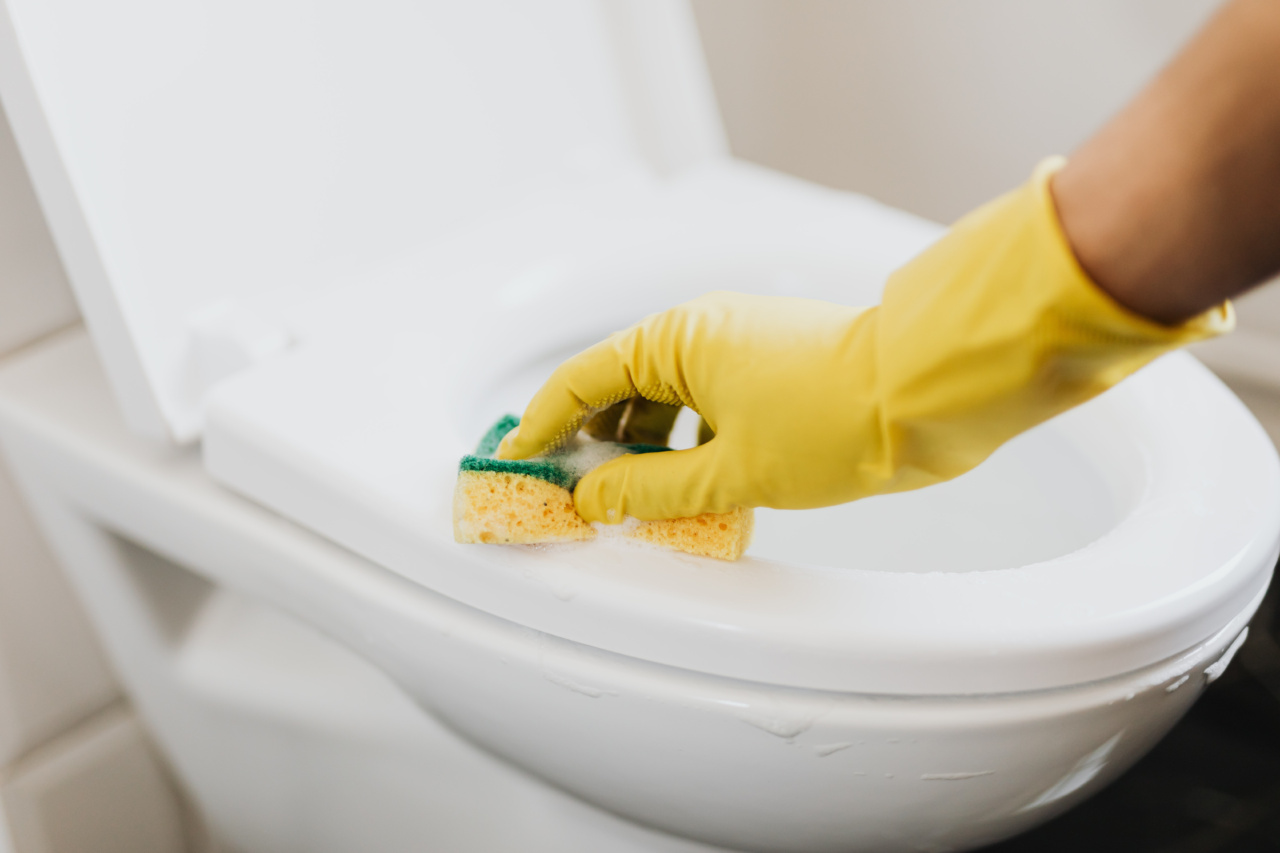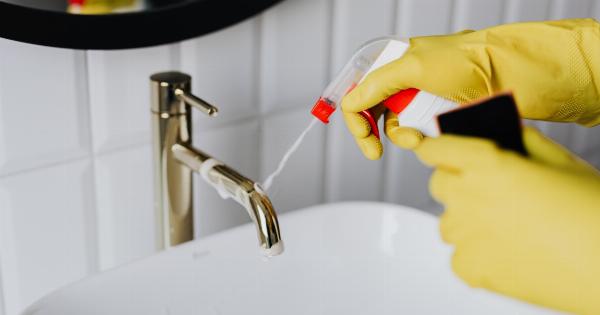Germs are everywhere around us, and they can easily spread and grow on various surfaces, including kitchen sponges, which are often moist and warm – perfect conditions for bacteria to thrive.
However, keeping your sponges clean and sanitary is essential not only for keeping your kitchen hygienic but also for protecting your family’s health.
In this article, we’ll explore how you can use a powerful sponge cleaner to kill germs and keep your sponges fresh and effective.
Whether you’re cooking for your family or running a commercial kitchen, these tips will help you maintain a pristine and bacteria-free environment.
What Are Germs, and Why Are They Dangerous?
Germs, also known as microbes or microorganisms, are tiny organisms that live on and within our bodies, as well as in the environment around us. While some are harmless, others can cause illnesses ranging from mild to severe or even deadly.
There are three main types of germs:.
Bacteria
Bacteria are single-celled organisms that can be either beneficial or harmful, depending on the type.
While some bacteria are necessary for digestion and other bodily functions, others can cause infections such as strep throat, food poisoning, and pneumonia. Bacteria can survive in various conditions, including on surfaces, like kitchen sponges.
Viruses
Viruses are tiny living things that can cause infections by invading our body cells. They can cause a range of illnesses, from the common cold to more severe diseases such as COVID-19, influenza, and hepatitis B and C.
Viruses are not technically alive, as they cannot reproduce without a host cell.
Fungi
Fungi are organisms that include yeasts, molds, and mushrooms. They live on various surfaces, from wood and plants to food and skin. While some fungi are beneficial, others can cause infections such as ringworm and athlete’s foot.
Why Do Kitchen Sponges Harbor Germs?
Kitchen sponges are popular cleaning tools used to wash dishes, countertops, and other surfaces. However, sponges can easily become breeding grounds for bacteria and other germs, which can quickly spread to other surfaces and utensils.
The main reason why sponges harbor germs is that they are moist and warm, which provides the ideal conditions for bacteria to grow and flourish.
When you use a sponge to clean a surface, the moist particles and food residues left on the sponge can provide nutrients that allow bacteria to multiply. Additionally, sponges can be difficult to clean and disinfect, making them a potential source of cross-contamination in your kitchen.
How to Kill Germs on Kitchen Sponges?
If you want to keep your sponges free from germs, you must clean and disinfect them regularly. There are several ways to do this, including:.
1. Microwave the Sponge
One of the easiest and quickest ways to kill germs on your sponge is to microwave it. Simply dampen the sponge with water, place it in a microwave-safe dish, and microwave it on high for two minutes.
The heat generated in the microwave will kill most of the bacteria present on the sponge, leaving it clean and fresh.
2. Soak the Sponge in Bleach Solution
You can also use bleach to kill germs on your sponge. Mix a quarter cup of bleach with a gallon of water and soak the sponge in the solution for five minutes. Rinse the sponge thoroughly with water and let it air dry.
Bleach is a potent disinfectant that can effectively kill most bacteria and viruses, but make sure to follow the manufacturer’s instructions and use it in a well-ventilated area.
3. Use a Commercial Sponge Cleaner
If you prefer an all-in-one solution, you can use a commercial sponge cleaner to kill germs and keep your sponge fresh.
These cleaners contain powerful disinfectants and deodorizers that can eliminate bacteria, fungi, and other germs while leaving a pleasant scent on your sponge. Some of the most popular sponge cleaners on the market include:.
- Scotch-Brite Heavy-Duty Scrub Sponge: This sponge has a rough scrubber side that can remove tough stains and a softer side that can clean delicate surfaces. It also contains antimicrobial agents that inhibit the growth of odor-causing bacteria.
- Dawn Antibacterial Dishcloths and Sponges: These products contain special fibers that can trap dirt and debris while killing bacteria and other germs. They are safe to use on all surfaces and can be washed and reused multiple times.
- O-Cedar Scrunge Sponge: This sponge has a unique wavy shape that can clean tight spaces and corners. It also contains a powerful antimicrobial agent that can kill up to 99.9% of bacteria.
4. Replace the Sponge
If you’ve tried all the above methods and your sponge still looks dirty or smells bad, it’s time to replace it.
Experts recommend replacing your kitchen sponge every two weeks or sooner if it shows signs of wear and tear, such as frayed edges or a slipped shape.
Conclusion
Keeping your kitchen clean and free from germs is crucial for promoting health and happiness in your household.
By following the tips and tricks outlined in this article, you can effectively kill germs on your kitchen sponges and maintain a pristine and bacteria-free environment. Whether you choose to use a microwave, bleach, or a commercial sponge cleaner, make sure to disinfect your sponges regularly and replace them when necessary.































